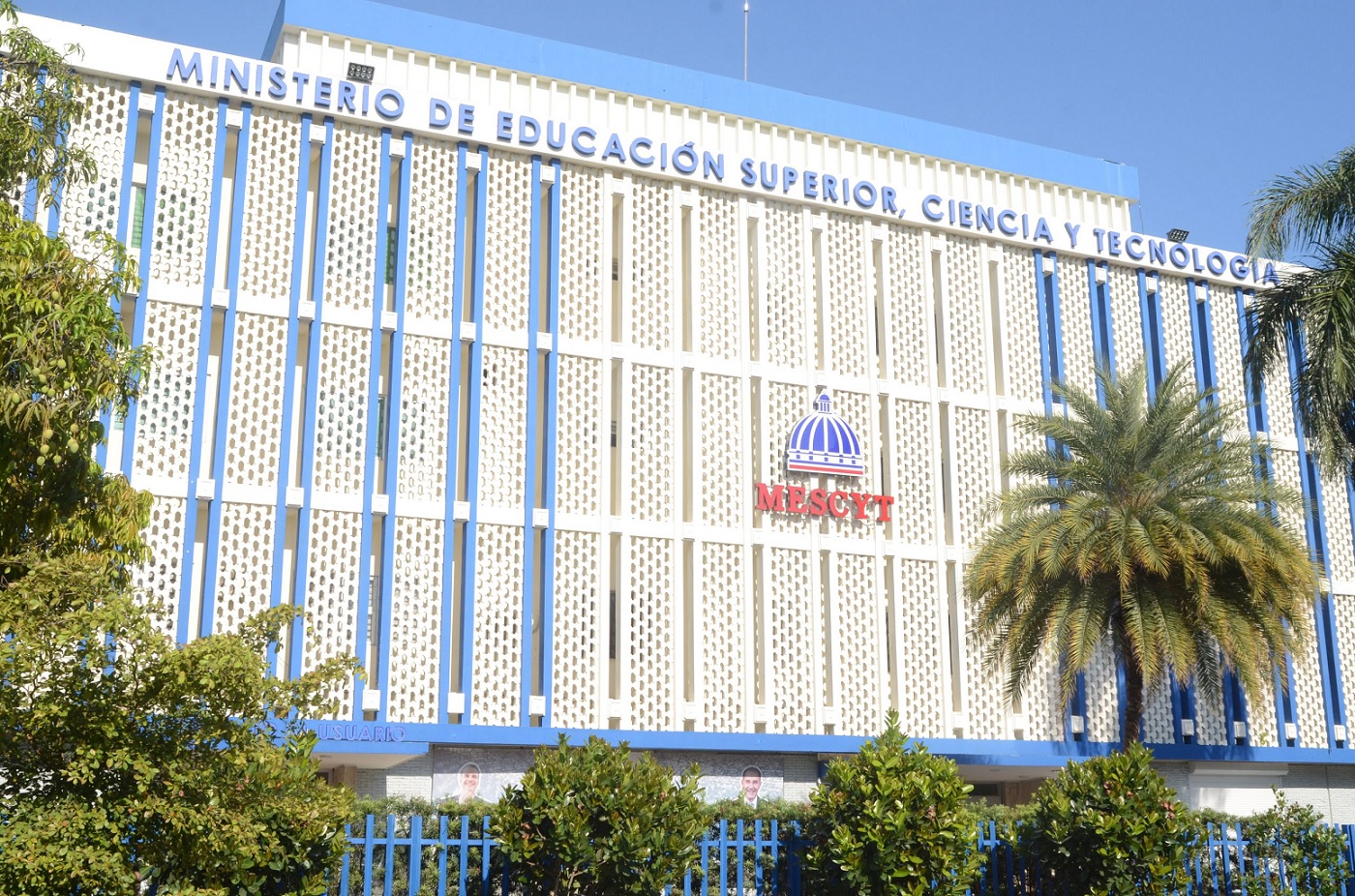Dominican Republic: Why does such a small country need 23 ministries?

In his opinion piece published in Listín Diario, Julio Sánchez Maríñez raises a critical question regarding the excessive administrative complexity in the Dominican Republic: Why does a country as small as the Dominican Republic, with just over 48,000 square kilometers and 11.5 million inhabitants, need 23 ministries? This question opens the door to a larger conversation about public sector reform and the inefficiencies that often plague smaller nations with outsized government structures.
Sánchez Maríñez, Rector of the Instituto Tecnológico de Santo Domingo (INTEC), highlights the recent debate over the proposed fusion of the Ministry of Education (MINERD) and the Ministry of Higher Education, Science, and Technology (MESCyT). His analysis takes a nuanced approach, pointing out that of 21 Ibero-American countries, only four (Cuba, Venezuela, Spain and the Dominican Republic) maintain separate ministries for primary and higher education. For most other nations, a unified ministry oversees the entire education system, from primary school to universities.
However, Sánchez Maríñez questions whether this proposed fusion is being interpreted correctly. He notes that many view the merger as one ministry absorbing the other, with MINERD, the larger of the two, swallowing up MESCyT. He challenges this notion by proposing a different framework: What if we weren’t talking about a merger, but about a reinvention? This shift in perspective could turn the conversation from one of bureaucratic reshuffling to a genuine opportunity for innovation and reform.
The concept of reinvention is a key point in Sánchez Maríñez’s argument. He draws from the corporate world, where mergers often result in a new, reimagined entity, rather than one organization simply overpowering the other. In the same way, a true reinvention of the Dominican Republic’s education ministries could lead to a more efficient, cohesive, and dynamic system. He suggests that “a fusion that does not reinvent would end in fiction,” implying that without substantial change, the merger would be superficial and fail to achieve meaningful results.
One of the strengths of his argument is its focus on governance, design and expertise. He emphasizes that ministries are responsible for setting and guiding public policy—“to steer the ship,” as he puts it—while specialized agencies handle execution. In this sense, a newly designed ministry for education would need to be more than a simple combination of MINERD and MESCyT. It would need a carefully crafted governance structure that takes into account the distinct needs of various educational subsystems, from primary education to higher education.
Moreover, he envisions this new ministry as ambidextrous, able to navigate the dual responsibilities of managing both schools and universities. This would require not only educational experts but also professionals from diverse fields, including economists, engineers, sociologists, and policy specialists, who could help guide the complex processes necessary for a functioning and efficient educational system.
Sánchez Maríñez goes further by outlining how this new ministry could delegate operational tasks to specialized agencies. For example, he suggests that the English immersion program could be managed by a third-party entity like UNICDA or transferred to the National Institute for Technical and Professional Training (INFOTEP). This decentralization of operational functions would allow the ministry to focus on policymaking while ensuring that specialized agencies efficiently execute these policies.
At the core of Sánchez Maríñez’s argument is a call for reform that goes beyond mere administrative tinkering. He acknowledges that public spending on education currently stands at 4.3% of GDP and suggests that this could be raised to 4.5%. However, he recognizes that even this increase would fall short of the goals set by the National Development Strategy, hinting at the broader financial and structural challenges that need to be addressed.
The article closes on a cautionary note. If the Dominican government fails to approach this reform with the seriousness and depth it deserves, Sánchez Maríñez warns that the country may be left with “an illusion, more of the same, a fiction.” In other words, without a genuine effort at reinvention, the proposed merger of the education ministries could become yet another bureaucratic reshuffling with little impact on the ground.
Julio Sánchez Maríñez’s article published in Listín Diario offers a thought-provoking critique of the Dominican Republic’s government structure, focusing specifically on the proposed merger of its education ministries. His call for reinvention rather than simple fusion challenges the status quo and pushes for a deeper, more thoughtful approach to public sector reform. Without this level of innovation, he suggests, the country risks falling into a cycle of inefficiency and stagnation, leaving its educational system—and by extension, its future generations—without the tools they need to succeed.

















The answer to any question regarding the Dominican Republic is “Corruption!” The Politicians and Elite don’t want a good educational system. Keep wages low, keep citizens ignorant, and the people have no power to recognize what is going on. The educational system is pathetic and the salaries are criminal,
$$$$$$$$$$$$$ is the only reason